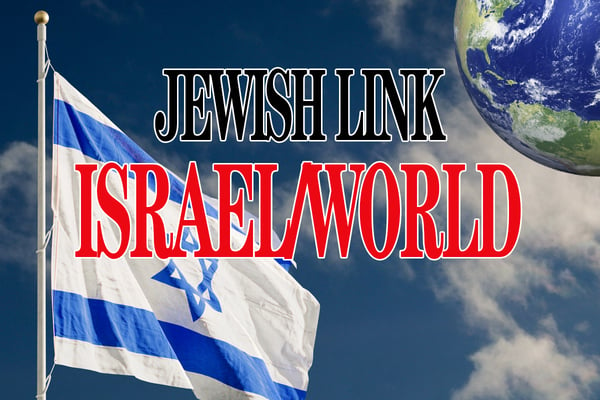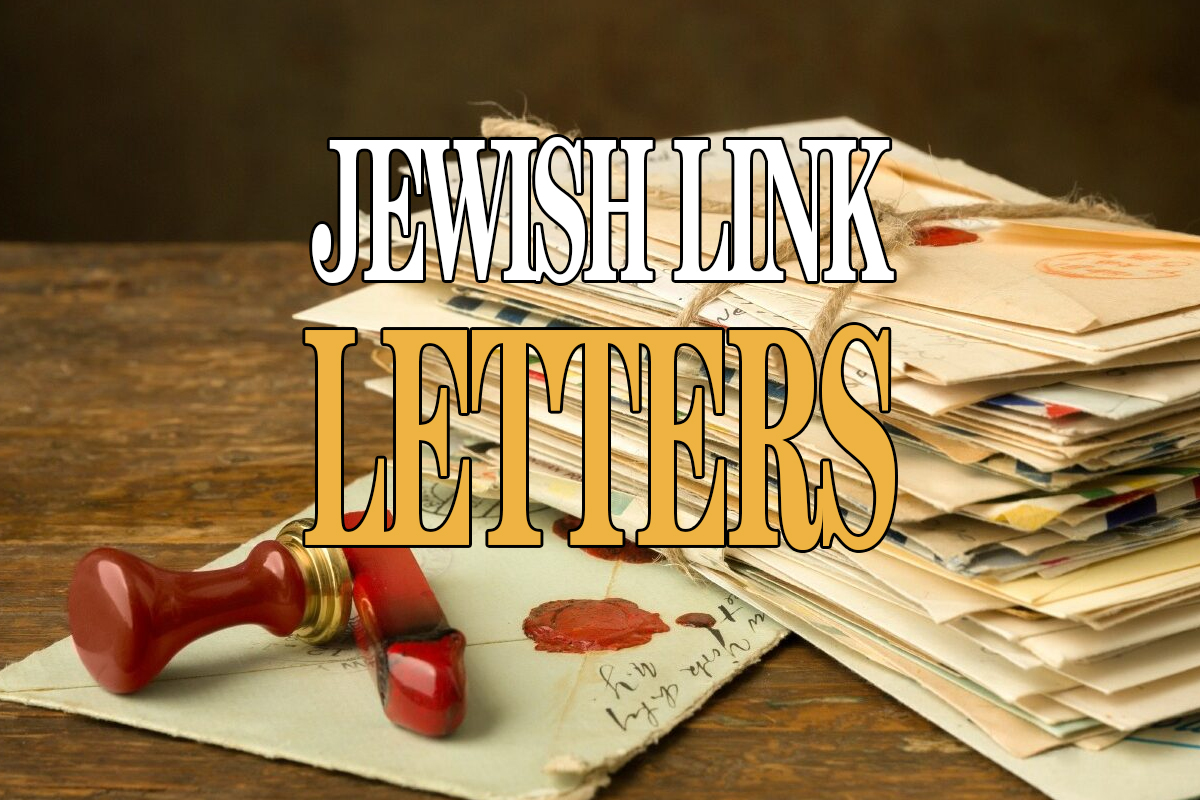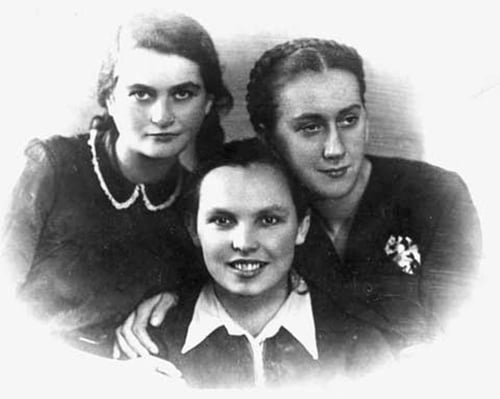
If any Holocaust deniers or minimalists were to screen Resistance: They Fought Back, it would be a thorn in their sides. Why? Well, it’s one thing to emphatically deny or minimize evidence of mass murder and atrocities. It’s another to be delusional in the face of incontrovertible evidence from multiple sources that confirm the historical record. Contrary to Nazi propaganda and to an extent, popular sentiment even today, Resistance: They Fought Back refutes the premise that “the Jews went to their deaths like sheep to the slaughter.”
Holocaust Escape Tunnel, a 2016 film made for the PBS NOVA science series, was the inspiration that ultimately led to Resistance: They Fought Back. In the Ponary killing site, near Vilna, Lithuania, an archeological team, led by Dr. Richard Freund, discovered a tunnel—one that had only been rumored to exist. Freund and his team, using their high-tech equipment, proved it was real.
Nearly 70,000 Jews and 30,000 non-Jews were murdered at Ponary after being systematically herded to a nearby open area by the Nazis and their Lithuanian collaborators, lined up outside ditches, shot, and buried in mass graves. The Germans wanted to destroy any evidence of their crimes and so they brought in 80 Jewish prisoners from the countryside and ordered them to exhume and burn the bodies. These prisoners dug a tunnel at night, which was clear evidence of their will to resist. On the last night of Passover, 1943, the prisoners entered the tunnel to escape. Most were shot but 12 men reached the forest where Abba Kovner and the partisans were waiting.
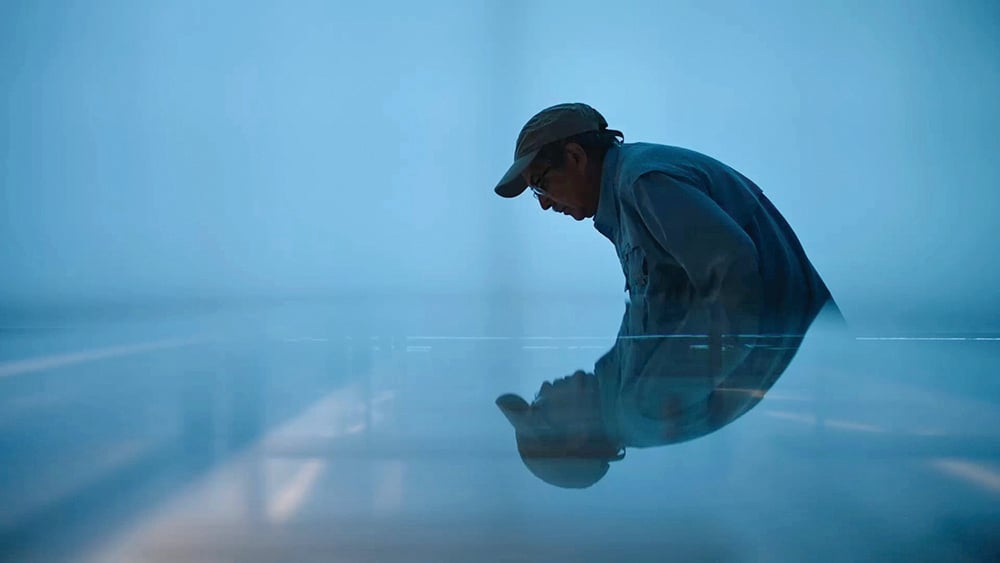
Paula S. Apsell, who was then senior executive producer of NOVA, co-directed Holocaust Escape Tunnel with Kirk Wolfinger, CEO of Lone Wolf Media. They both also co-directed Resistance: They Fought Back after Apsell retired from NOVA and started Leading Edge Productions. I recently interviewed Apsell, with whom I discussed the “leadup” to the film and her role in its production.
From Science to the Shoah: Paula Apsell’s Professional and Personal Journey
When I asked Apsell, “Why this, why now?” she mentioned the impact of the tunnel’s discovery at a crucial transition time in her personal life. She had spent 33-plus years, from 1985 to 2019, as Senior Executive Producer of NOVA, PBS’ award-winning flagship science series. Prior to that she had produced and directed cutting edge medical programs at another Boston area television station. When she left NOVA, she yearned to dig into another project.
Another variable in Apsell’s decision to film Resistance was her own Holocaust education, which had focused on Jewish victimhood. Only recently did Apsell’s understanding of the Holocaust hit home in a very personal way, when she learned that many of her husband’s relatives in Belgium had perished. Although there is no denying the number of Jewish victims murdered by the Third Reich and its non-German henchmen, the largely overlooked truth is that active, ongoing resistance by Jews transpired throughout the war. It was imperative that this story be told; the importance of Resistance was even clearer to Apsell after several men, who had been humiliated as youngsters by the misleading narrative of Jewish inaction, thanked her for making the film.
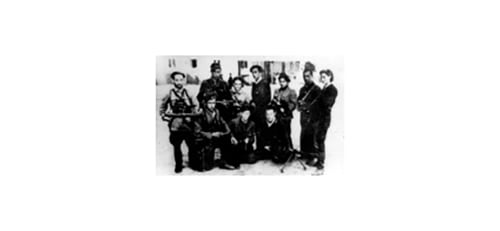
How Does the Film Dispel Fallacies of Jewish Inaction?
Researching the film, Apsell and her team found evidence of many different forms of Jewish resistance in the forest and even concentration camps, where out of seven camp uprisings, six were led by Jews. Resistance occurred even in ghettos, where few people had weapons. Significantly, there was evidence of non-violent resistance.
What Was Amidah?
Amidah means “standing,” the same term used for the silent Jewish prayer recited standing, three times daily. Amidah represented active yet non-violent resistance by Jews. It was manifest in the “smallest” actions of individuals — although “small” actions, such as ignoring orders for deportation, had great significance. Many of these actions exemplified chesed (kindness), such as feeding and caring for vulnerable individuals, among them orphans. Amidah also included documenting war crimes, and despite inhumanity in the ghettos, there was cultural, educational, and spiritual evidence of dignity and humanity. Underground schools, concerts, and other performances occurred. Children and adults created art, poetry and other literature, theatre and music, and Jewish worship continued throughout the Shoah. The work of the Paper Brigade is another example of Amidah. Faced with imminent death, activists in the Vilna Ghetto preserved Jewish religious and cultural items, which obstructed the Nazis’ goals of obliterating a Jewish legacy and “shaping the narrative” in a Judenrein world. In the Warsaw Ghetto, a team of writers, aware that they might not survive, meticulously recorded German brutality and Jewish resistance. These records, stored in milk cans and other waterproof containers, were then buried, so that future generations could find them and know the truth.
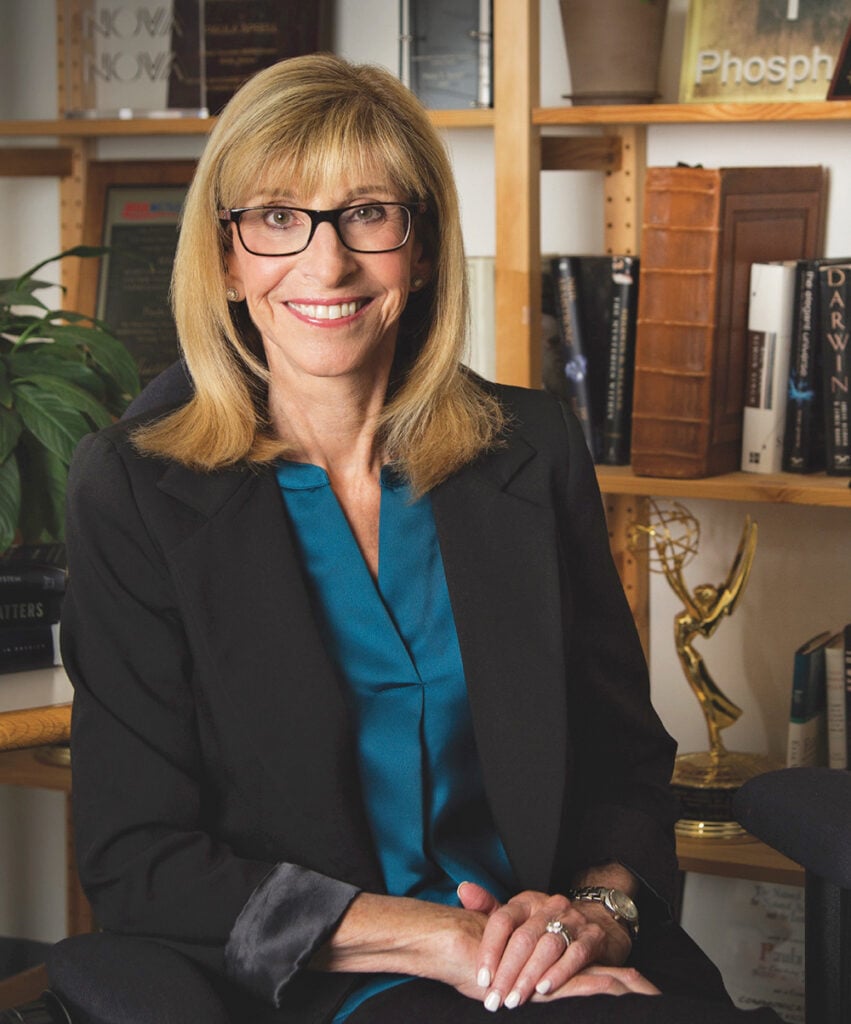
co-director, Resistance. (Credit: Leading Edge Productions)
Amidah was a boundary spanner, or rather, it transcended generational differences, gender, class-based, cultural and language boundaries, and it belied the Nazis’ assertion — a myth of Jewish passivity when faced with destruction. How was this evidence amassed and verified decades after the war’s end?
Amassing Evidence of Resistance
Resistance: They Fought Back is dedicated to the late Dr. Richard Freund, sometimes called the inventor of Holocaust archeology. Freund was an ordained rabbi, former director of the Greenberg Center for Judaic Studies, University of Hartford, and later, Professor of Jewish Studies at Christopher Newport University. Even after extensive treatment for health problems in the early 2000s, Freund resumed his work, and when his illness relapsed, many years later, he worked on Holocaust Escape Tunnel and Resistance: They Fought Back.
Jews Fought Back,
With or Without Arms
Holocaust Escape Tunnel confirmed an example of active resistance to Nazi brutality. Resistance: They Fought Back expands on Jewish resistance. It recounts how 450 Sonderkommando prisoners at Auschwitz, slaves forced to stoke the crematoria with bodies, revolted. Knowing that the Germans would kill them, they blew up a crematorium and a gas chamber. Neither functioned again and so thousands of lives were saved. Most Sonderkommando were murdered but a handful survived.
In addition, successful rebellions led by Jew at multiple camps, such as the mass Sobibor breakout, demonstrated that Jews were prepared for combat; Sobibor was eventually closed after the uprising, during which several Nazi guards were killed. Jewish resistance fighters at Treblinka set fire to the camp; the approximately 100 survivors were able to tell the world what was happening there.
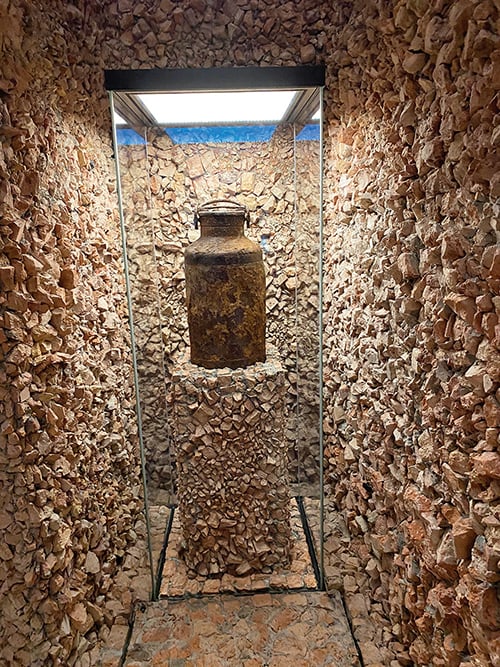
(Credit: Leading Edge Productions)
Individual acts of courage–shuttling people in and out of ghettoes, forging Aryan papers, creating pipelines to smuggle food and arms into the ghettos–were all acts of resistance. Roza Robota was hanged with three other female couriers for providing gunpowder to the Sonderkommando for their revolt. Partisan/poet Avner Kovner and his group blew up Nazi installations, bridges, and train cars. The partisan Bielski brothers saved nearly 1200 Jews in the forest. Vladka Meed, Bela Hazan, and other female couriers with Aryans papers were able to smuggle false papers, weapons for the resistance, and other aid into the ghettos.
The declining number of survivors means that reconstructing the resistance and bravery of Jewish individuals and communities is difficult, although the testimony of survivors’ children and scholars has augmented the
record. Were it not for films like Resistance, refuting falsehoods and documenting the truth about Jews’ resistance to Nazism would be that much more difficult.
After screenings at select Jewish film festivals, Resistance: They Fought Back premiered nationally on PBS on January 27th, International Holocaust Remembrance Day. The film is available on the PBS website and app and can be streamed on the PBS Documentaries Prime Video Channel.
Rachel Kovacs, PhD, adjunct associate professor of communication at CUNY, also teaches Judaics locally, and is a PR professional, freelance writer, and theater reviewer for offoffonline.com. She trained in performance at Brandeis and Manchester Universities, Sharon Playhouse, and the American Academy of Dramatic Arts. She can be reached at [email protected].


